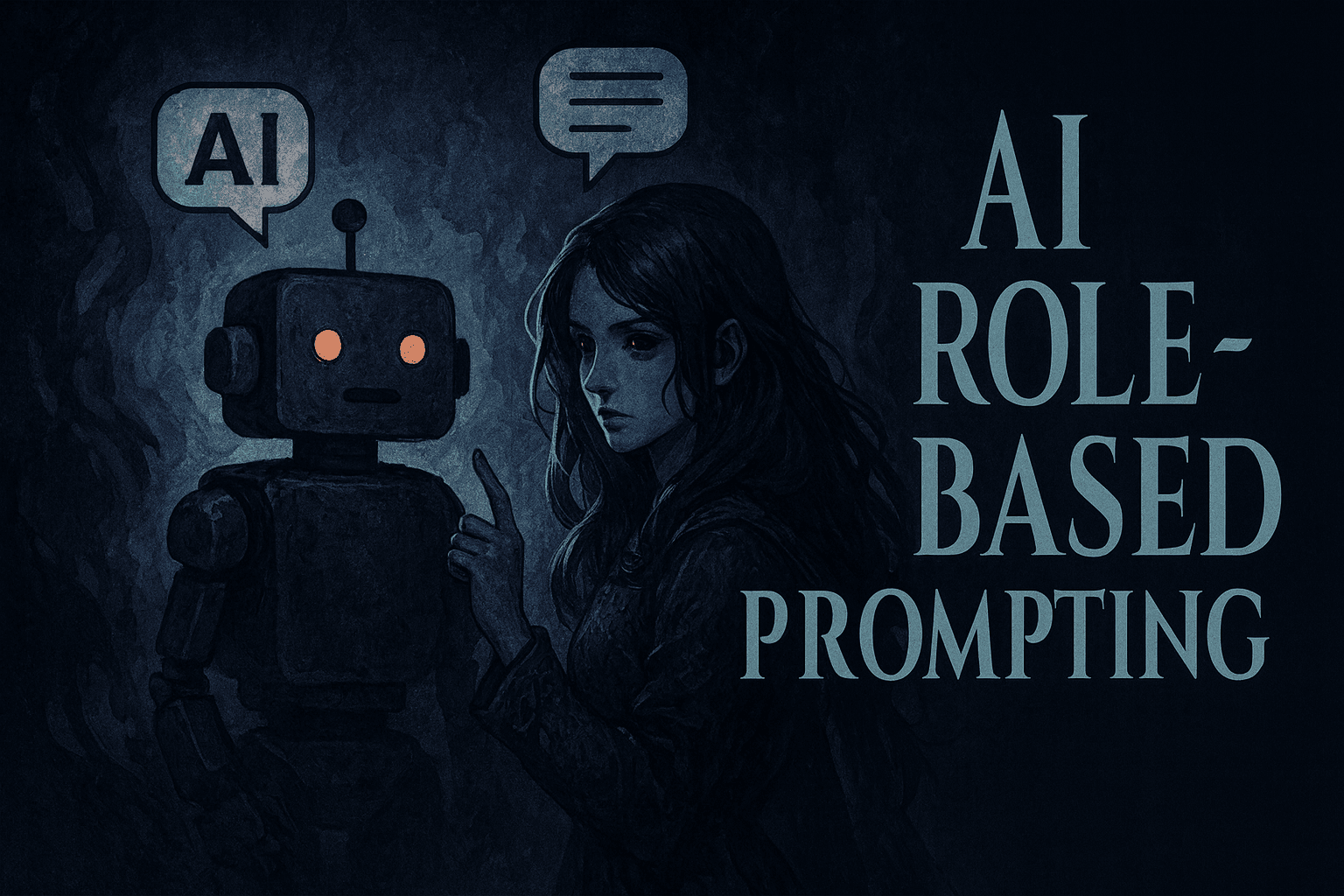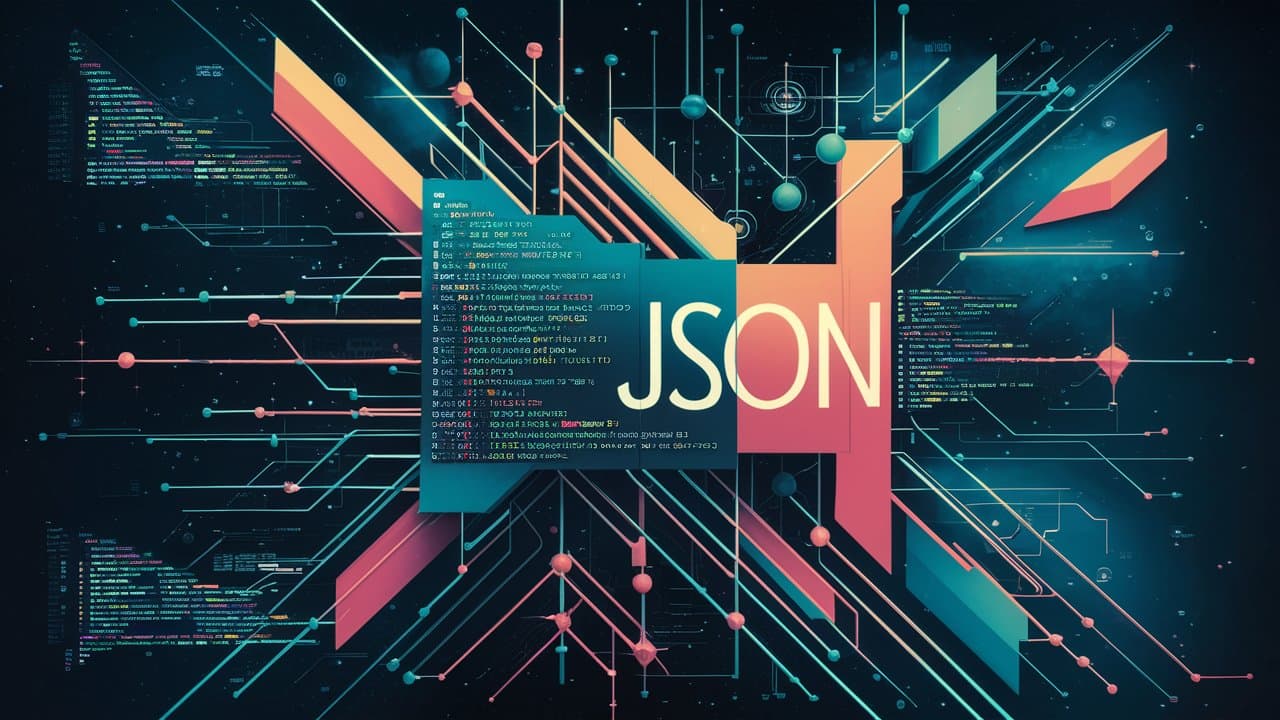Using Role Based Prompting For Better AI Answers

Role prompting assigns a specific persona to an AI model. This technique instructs the AI to adopt a certain expertise, like a doctor or a historian. The AI then generates responses from that character’s perspective. This process tailors the output, making it more specific, contextual, and useful for the user.
Okay so, role prompting. It’s basically when you give an AI a specific persona. You’re telling the AI model to put on a hat, be a doctor, be a historian, whatever. Then it talks back to you from that perspective, that character. The whole point is to tailor the output, to make it more specific and, well, more useful.
So, What Even is Role Prompting?
At its heart, role prompting is just a way of giving instructions to a large language model (LLM). It’s a bit more sophisticated than just barking a command, though. You assign it a role, a job, an identity.
This is a strategic move, honestly. It taps into the insane amount of data the model was trained on, forcing it to find and use info that’s relevant to that specific persona. The technique basically turns your general-purpose AI into a temporary specialist, and that’s when you see the quality and tone of the answers get so much better. It’s a fundamental step up from just messing around with AI to actually generating content with a goal.

The core concept is really about building a frame for the AI. A contextual frame. This frame is all about the persona, job title, expertise, sometimes you even give it a personality. So instead of just saying “write about the stock market,” which is lazy, a better way is, “You are a jaded financial analyst with 20 years on Wall Street. Analyze the tech stock bubble for people who are scared to invest.” See? That’s not just asking for facts; it’s telling the AI what perspective to use, what words to choose, how deep to go. This is how you unlock that really tailored, expert-level stuff.
But why does it even work? These models aren’t “thinking.” They are just incredibly complicated pattern-matching machines. When you give it a role, you force the model to narrow its focus to just the patterns, the language, the knowledge structures, that fit that role from its training data.
Telling it to be a “constitutional lawyer” makes it dig up all the legal-sounding words and formal tones it learned from processing god-knows-how-many legal documents. Role prompting is really just a powerful filter that helps the model pick the right data patterns for the job.
To do it right, though, you need more than a job title. The quality of your output is directly connected to how clear you are about these things. You need a persona, of course. Who is it? What’s its experience? Then there’s the task, what do you actually want it to DO? You have to give it context, the background info. Don’t forget the goal; what’s the point of the output, to persuade or just inform? And constraints are huge.
You have to set boundaries, like word count or telling it what not to say. Also, who is the audience? The AI needs to know who it’s talking to so it can adjust its complexity. And finally, the format. Do you want a list, a table, a formal report? You have to tell it.
How People Are Using This In Different Industries
The flexibility here has led to it being used all over the place. Companies are figuring out that giving AI these jobs makes the content not just faster, but way more accurate and context-aware. From making art to writing boring technical manuals, role prompting is turning into a must-have tool for getting more, better work done.
In marketing, for instance, it’s a total game-changer. A team can tell the AI to be an “expert SEO copywriter for e-commerce,” for Shopify collections for example, and bam, you get product descriptions and blog posts that are actually optimized to get clicks and make sales. Or they’ll have it act like a “brand strategist” to dream up new campaign ideas. It really helps keep the brand’s voice consistent.
Developers are doing it to speed up their work. By telling an AI to be a “senior Python dev who specializes in data analysis,” they can get help with code, debugging, or figuring out new libraries. And for documentation? A prompt like, “You are a technical writer. Explain this API endpoint to a total beginner,” gives you guides that people can actually understand. It saves a ton of time.
The education world is getting a lot out of this too. A teacher could use an AI as a “Socratic tutor” to create questions that make students think, or have it be a “curriculum designer” to map out lesson plans. For students, it’s like a personal study buddy. A student can just ask, “You are a physics professor. Explain quantum entanglement to me like I’m five.” It just makes hard stuff easier to get.
And then there’s customer service. Companies are using this to build chatbots that don’t suck. Instead of a robot with canned answers, they give it the persona of a “friendly and patient support agent.” This totally changes its tone and how it solves problems. The prompt can tell it to always be warm, to use specific phrases to calm down angry customers, and to follow a very specific troubleshooting script. It makes automated support feel a little more human, and customers are happier for it.

Image source: https://www.geeksforgeeks.org/artificial-intelligence/role-based-prompting/
Getting Better Answers Out of Thin Air (Zero-Shot Reasoning)
One of the biggest wins here is getting better zero-shot reasoning. That’s a fancy term for the AI’s ability to do a task it’s never seen an example of.
Regular LLMs can do this, but the answers are usually pretty bland. Role prompting is like a catalyst; it gives the AI a rich context to work from, which elevates its reasoning. It can then figure out solutions that are more logical and sound like they came from an expert, even with no prior examples.
Without a role, an AI’s answer is just a generic summary from the internet. Factual, but shallow. Ask it to “explain keto,” and you’ll get a boring list. But if you say, “You are a registered dietitian. Explain the metabolic pros and cons of long-term keto for a 45-year-old pre-diabetic man,” everything changes. The output becomes a real insight, with technical terms, risk factors, and real advice. That’s the whole point.
The way this works is through something called contextual activation. When you give it a role, it fires up the parts of its brain, its neural pathways, associated with that subject. It reasons as if it were an expert. It’s not just spitting back facts; it’s copying the thought process, the way an expert would connect ideas.
If you compare it to other methods, you really see why it’s so powerful. Sure, other techniques exist, but for complex tasks, giving it a role just works better. For an SEO task, for example, a basic “zero-shot” prompt like “Write a meta description” gives you something generic. “Few-shot”, where you give it a few examples, is better for format but doesn’t improve the actual content. But a “basic role prompt,” like “You are an SEO assistant…,” immediately improves things. Some studies show a 30% jump in quality. A “detailed role prompt” goes even further, defining goals and expertise, which produces highly targeted output. And telling it what not to do (“don’t use passive voice”) adds even more precision.
Here’s a breakdown of how different prompting techniques compare:
| Prompting Technique | Description | Typical Output/Effectiveness |
| Zero-Shot Prompting | A simple, direct command with no examples or persona. (e.g., “Write a meta description.”) | Tends to be generic and shallow. Lacks specific context or tone. |
| Few-Shot Prompting | Providing a few examples of the desired output to guide the AI’s format. | Better for matching format and structure, but doesn’t significantly improve the core content. |
| Basic Role Prompt | Assigning a simple persona or job title. (e.g., “You are an SEO assistant…”) | Immediately improves quality, relevance, and tone. Can result in a significant jump in quality. |
| Detailed Role Prompt | A comprehensive prompt defining the persona, expertise, goals, audience, and constraints. | Produces highly targeted, expert-level output tailored to a specific need. The most powerful approach. |
This is why so many pros are switching to role prompting instead of more complex methods like fine-tuning, which is way slower and more expensive. (Sources for this come from places like Stanford HAI, Google AI, Microsoft Research, and papers on arXiv).
What You Need to Do First
This isn’t magic, though. Its success isn’t automatic. You have to come at it with a clear plan.
First, you need to understand the LLM you’re using. They’re not all the same. Some are better at science, others at creative writing. You have to match the role you assign with the model’s built-in strengths.
And you have to have a clear objective. You can’t get a good answer if you don’t ask a good question, right? You need to define the primary goal of the text before you even start writing and figure out the key message you need to send and know who the audience is and what you want them to do after they read it, because if you don’t have that clarity you’ll get a vague, useless response. A clear goal is everything.
Finally, be ready to iterate. Your first prompt is probably going to be bad. It’s a cycle of test, review, refine. Maybe the persona needs more detail. Maybe the constraints are too tight. You just have to tweak it until you get what you want.
A Cheaper Way to Make AI a Specialist
A really advanced use of this is what some people call “role prompting guided domain adaptation.” It’s a mouthful, I know. It just means using role prompts to make a general AI really good at one specific thing (like law or medicine) without making it forget all the other stuff it knows. This is a huge deal because it’s a flexible way to get specialized AI without expensive retraining.
Normally, to make an AI a specialist, you have to “fine-tune” it on a bunch of special data. Role prompting is a lighter way to do that. You just give it a detailed role and it acts like an expert for a little while.
The problem with fine-tuning is something called “catastrophic forgetting”, the model learns a new specialty but forgets its old skills. Role prompting avoids that. Since the AI’s core programming isn’t changed, it can go from “legal expert” back to a generalist instantly. This is a massive advantage. Plus, it’s way faster and cheaper. A prompt takes minutes to write; fine-tuning takes weeks and a ton of money and computing power. Now, fine-tuning is still better if you need the AI to know secret, proprietary company data or if you need one specific behavior, all the time, at a massive scale. But for most things? Role prompting is the more practical choice.
The Future and The Problems
The future of talking to AI is all about context, and role prompting is leading the way. As these models get smarter, so will the ways we guide them. We might see AIs that help you write better roles for them, a kind of collaboration. Maybe we’ll have AIs simulating debates between a “tech CEO” and a “privacy advocate” to see all sides of an issue.
But there are ethical issues. We have to be careful. Giving an AI a role can accidentally bring out the biases it learned from its training data. Asking it to act as a certain gender or ethnicity could get really problematic, fast. We have to be vigilant, write neutral personas, and check the output to make sure we’re not just amplifying ugly stereotypes.
Quick Questions
Check out quick questions we get asked.
How does role prompting make AI answers better?
It gives the AI a persona and a goal. It’s more than a simple command; it focuses the AI on the right knowledge and tone, so the answers are more accurate and aligned with what you actually wanted.
What makes a good role prompt?
Specificity. You have to be super clear about the persona’s expertise, the task’s goal, and any rules. Giving it context and telling it the format you want also helps a lot.
Is this the same as fine-tuning?
Nope, totally different things. Role prompting is a temporary guide for a single task. Fine-tuning is a permanent surgery on the model, retraining it with new data to create a whole new specialized version.
Can it make the AI biased?
Oh, yeah. Absolutely. Giving it a role can trigger stereotypes buried in the data. You have to be careful to define roles neutrally and double-check the answers to make sure they’re fair and objective.
Ready to Boost Your Shopify Store?
Increase revenue with video upsells and dominate search rankings with AI-powered SEO.
Related Articles

What Is Few-Shot Prompting: Making AI Actually Do What You Want
Few-shot prompting is a technique that guides large language models. It provides the model with several examples, or “shots,” directly within the prompt. These examples demonstrate a specific task and the desired output format. The model learns from these shots to generate a more accurate and contextually relevant response. You’ve probably heard the term “few-shot […]

Building Scalable AI Systems with Modular Prompting
Modular prompting is a technique that structures prompts into distinct segments or modules, each targeting a specific task or behavior. It improves consistency, reusability, and control in large language model outputs by isolating context, instructions, examples, or goals into separate blocks. If you’ve ever felt the frustration of getting wildly inconsistent results from a large […]

JSON Prompts For Ecommerce Product Page Content
In a recent post we discussed the difference between text prompting and JSON prompts. While the common thought process is that JSON is really only needed for data driven processes, we have found that we achieve higher quality results and less hallucination with JSON prompting, predominantly because it provides a stricter approach and keeps the […]